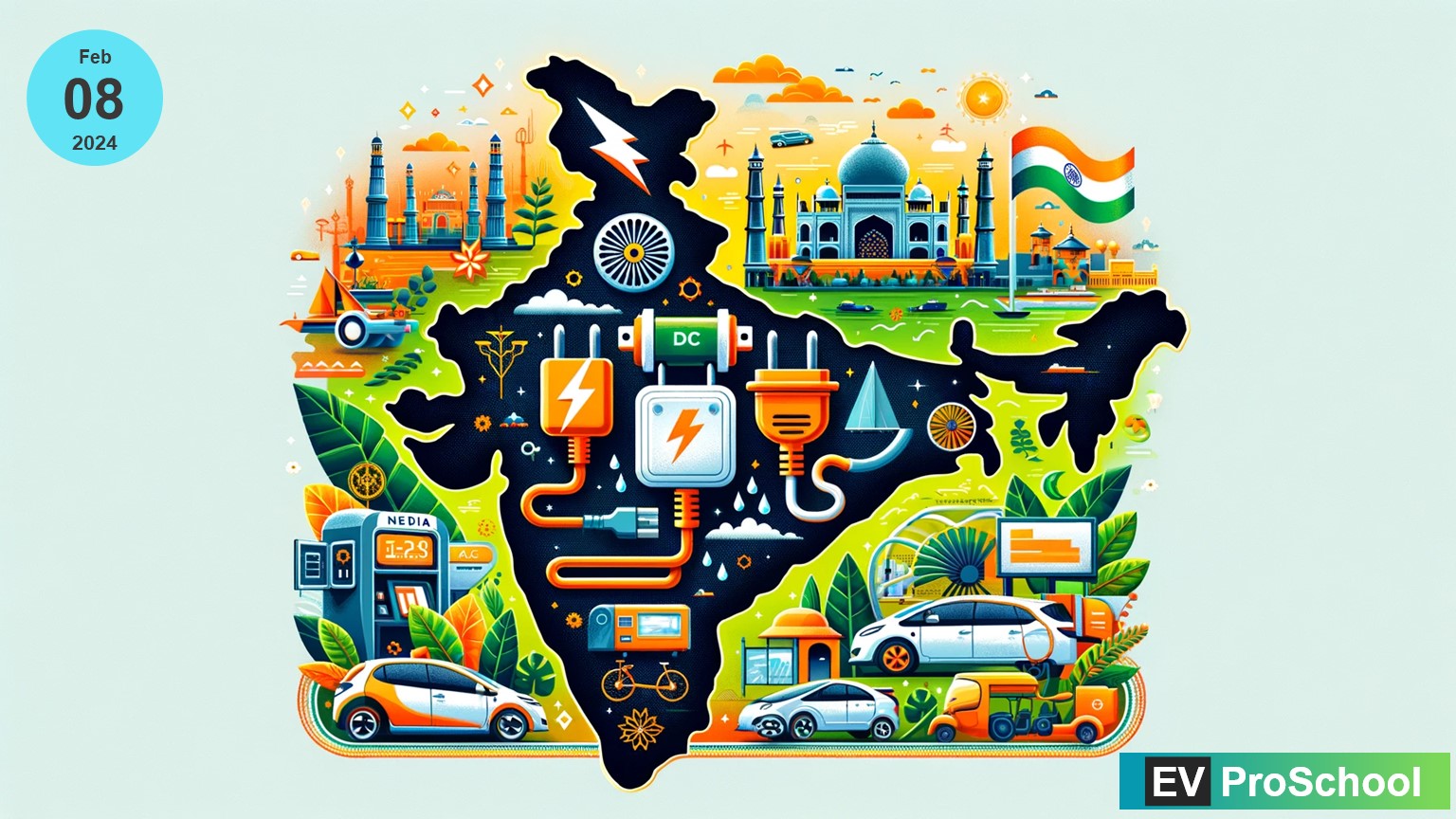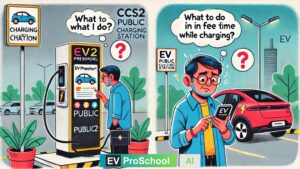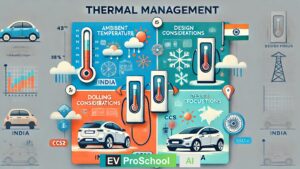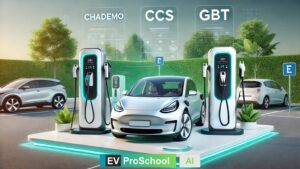As electric vehicles (EVs) gain popularity in India and worldwide, the charging infrastructure is a crucial aspect that needs attention. Two primary types of chargers are used for charging electric vehicles: DC (Direct Current) chargers and AC (Alternating Current) chargers. In this blog post, we will delve into the differences between these chargers, their requirements, suitability, and the regulations governing their deployment in the Indian electric vehicle market.
DC Chargers:
DC chargers, also known as fast chargers, provide a direct current to the vehicle’s battery, enabling rapid charging. These chargers bypass the vehicle’s onboard charger and directly charge the battery, significantly reducing charging time. DC chargers are generally rated at higher power outputs, making them ideal for quick charging during long journeys or at public charging stations.
Requirements for DC Chargers:
- High Power Output: DC chargers require higher power output capabilities to deliver fast charging speeds. They typically range from 50 kW to over 350 kW, allowing them to charge an electric vehicle’s battery quickly.
- Specialized Infrastructure: Due to the high power requirements, DC chargers need a robust and specialized electrical infrastructure, including high-capacity transformers and electrical connections.
- Advanced Cooling Systems: DC chargers generate more heat during charging, necessitating advanced cooling systems to maintain optimal operating conditions.
AC Chargers:
AC chargers, also known as slow chargers or Level 2 chargers, convert alternating current from the grid to charge the electric vehicle’s battery. These chargers are commonly found in homes, offices, and public parking spaces, offering a convenient and cost-effective way to charge EVs overnight or during longer stays.
Requirements for AC Chargers:
- Moderate Power Output: AC chargers typically have power outputs ranging from 3 kW to 22 kW, suitable for overnight charging and short trips.
- Standard Electrical Infrastructure: AC chargers can utilize the existing electrical infrastructure found in most buildings, reducing the need for significant upgrades.
Comparison of DC chargers and AC chargers for electric vehicles.
| Aspect | DC Chargers | AC Chargers |
|---|---|---|
| Technical Differences | Provides direct current (DC) for rapid charging | Converts alternating current (AC) for charging |
| Regulations and Standards | Government initiatives like FAME scheme, BIS standards | Government initiatives, BIS standards |
| Cost Considerations | Expensive installation and operational costs | Relatively lower installation and operational costs |
| Future Outlook | Advancements in high-power charging technology | Innovations in efficiency and smart grid integration |
| User Experience | Mobile apps for station location, payment options | Similar mobile apps and payment options |
| Environmental Impact | High energy efficiency, may require grid upgrades | Moderate energy efficiency, reduces emissions |
| Requirements | High Power Output, Specialized Infrastructure | Moderate Power Output, Standard Electrical Infrastructure |
| Suitability | Long-distance travel, public stations | Residential, short trips |
| Charging Rate (C rate) | Rapid charging, up to 80% in under an hour | Slower charging, several hours for full charge |
Regulations and Standards:
In India, the government and regulatory bodies have taken initiatives to promote the adoption of electric vehicles and establish standards for charging infrastructure. The government’s Faster Adoption and Manufacturing of (Hybrid &) Electric Vehicles in India (FAME) scheme provides incentives and support for EV charging infrastructure development. Additionally, the Bureau of Indian Standards (BIS) has set standards for EV charging infrastructure to ensure safety and compatibility.
Comparison and Suitability:
| S. No | Charging Station | Voltage (V) | Power (kW) | Type of Vehicle | Type of Compatible Charger |
|---|---|---|---|---|---|
| 1 | Level 1 (AC) | 240 | <=3.5 kW | 4w, 3w, 2w | Type 1, Bharat AC-001 |
| 2 | Level 1 (DC) | >=48 | <=15 kW | 4w, 3w, 2w | Bharat DC-001 |
| 3 | Level 2 (AC) | 380-400 | <=22 kW | 4w, 3w, 2w | Type 1, Type 2, GB/T, Bharat AC-001 |
| 4 | Level 3 (AC) | 200-1000 | 22 to 4.3 kW | 4w | Type 2 |
| 5 | Level 3 (DC) | 200-1000 | Up to 400 kW | 4w | Type 2, CHAdeMO, CCS1, CCS2 |
Conclusion:
The adoption of electric vehicles is on the rise in India, and the charging infrastructure plays a crucial role in supporting this transition. DC chargers provide rapid charging for long journeys and public charging stations, while AC chargers offer convenient and cost-effective charging options for homes and offices. As the electric vehicle market in India continues to grow, a combination of both DC and AC chargers will be essential to meet the diverse charging needs of EV owners and ensure a sustainable and efficient charging ecosystem.



